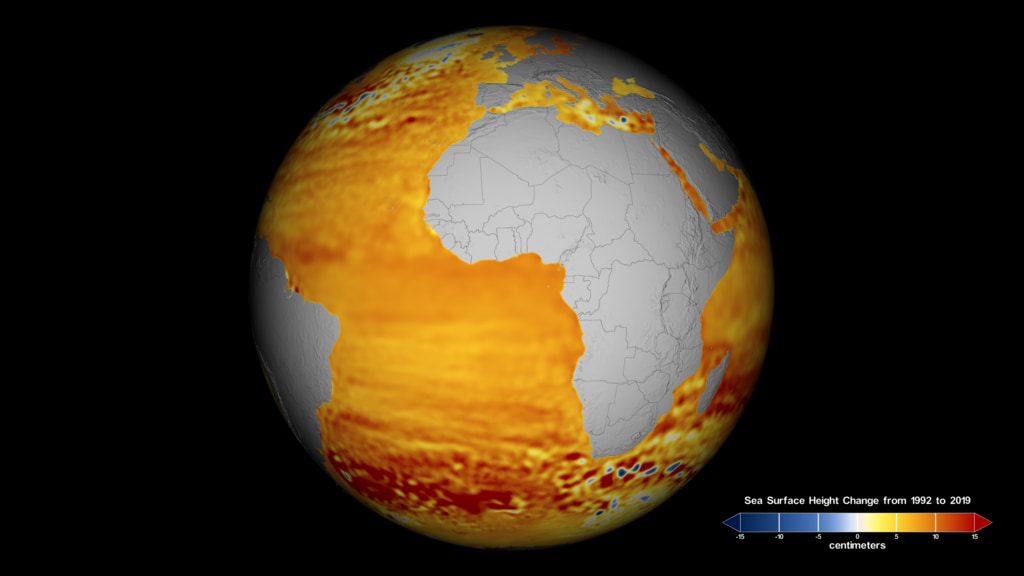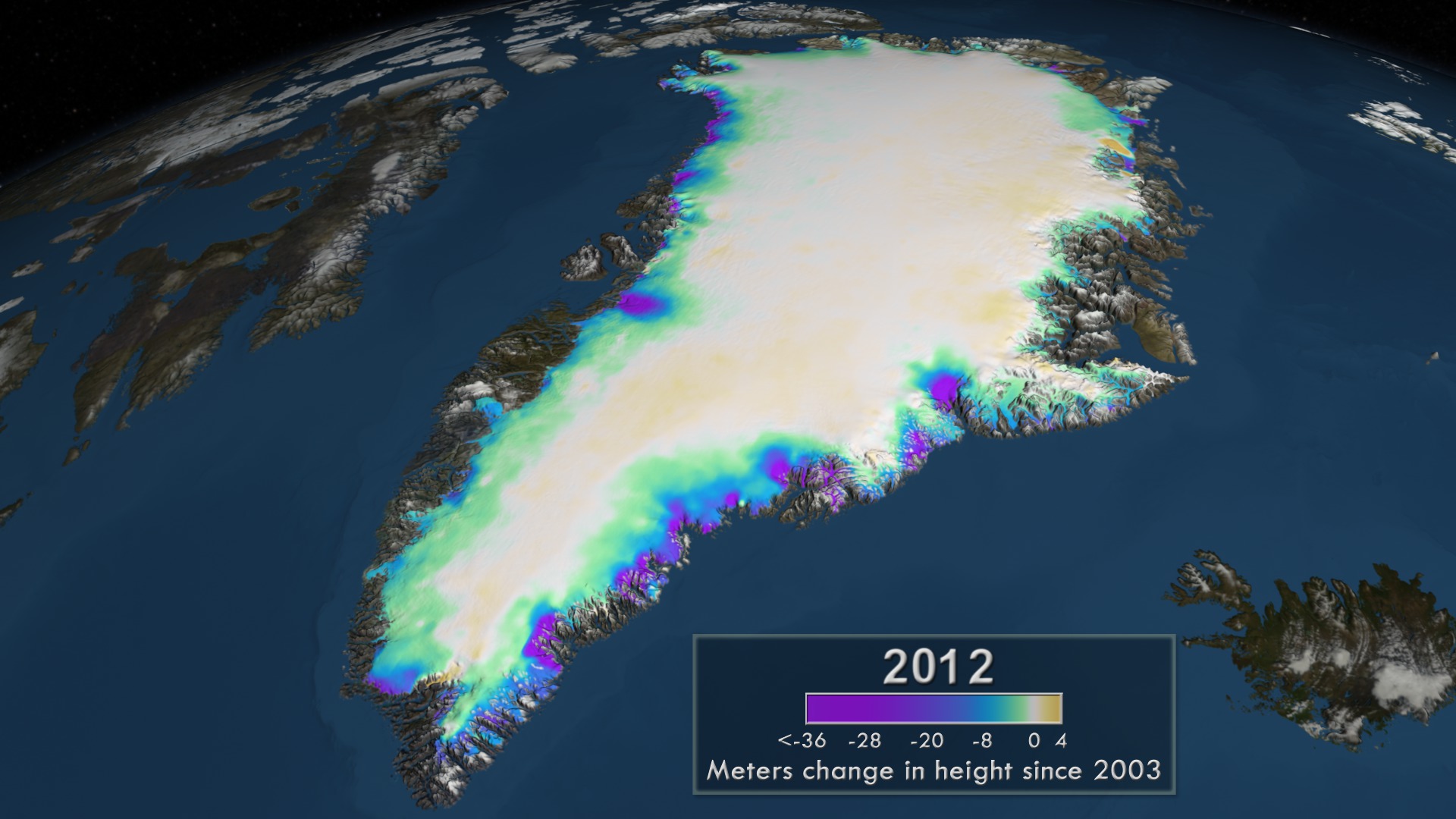Sea Level Rise Accelerates Over Time
Global sea level rise is accelerating incrementally over time rather than increasing at a steady rate, as previously thought, according to a new study based on 25 years of NASA and European satellite data.
If the rate of ocean rise continues to change at this pace, sea level will rise 26 inches (65 centimeters) by 2100—enough to cause significant problems for coastal cities.
Credits
Please give credit for this item to:
NASA's Goddard Space Flight Center
-
Producer
- Kathryn Mersmann (USRA)
-
Writer
- Patrick Lynch (NASA/GSFC)
Series
This page can be found in the following series:Release date
This page was originally published on Tuesday, February 13, 2018.
This page was last updated on Wednesday, May 3, 2023 at 1:46 PM EDT.


